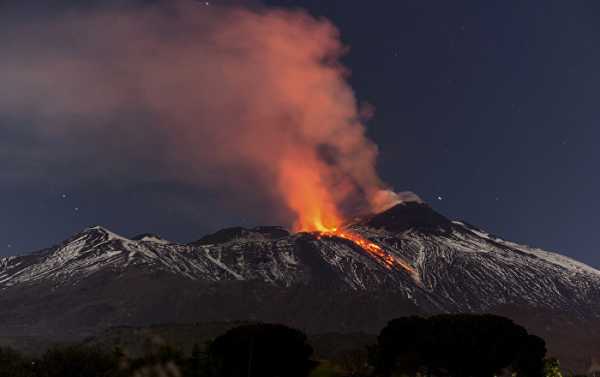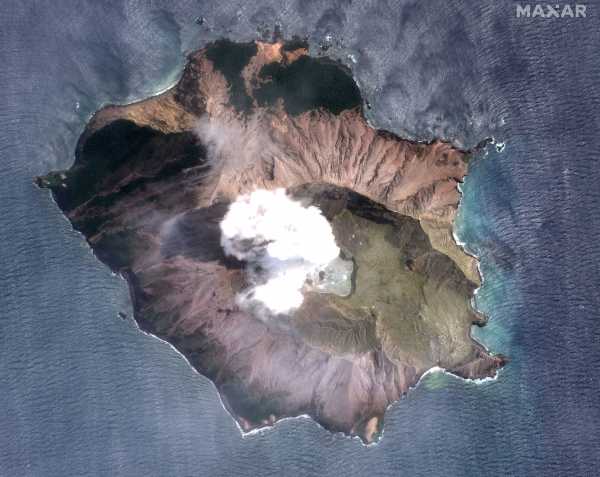
Describing and understanding the complex behaviour of natural processes such as volcanic activity is both challenging and fascinating research, but most importantly, gleaned knowledge is crucial for being able to forecast any impending eruption.
A groundbreaking new study suggests that polar motion and subsequent shifts in Earth’s crust may increase volcanic activity and trigger earthquakes.
The research, entitled “Is There an Influence of the Pole Tide on Volcanism? Insights From Mount Etna Recent Activity” probed a possible link between polar motion – forces pulling on Earth’s surface as the planet spins – and seismic activity at the iconic Italian volcano Etna.
The results of the study, published in AGU journal Geophysical Research Letters, show that seismic activity and bursts of magma near Italy’s Mount Etna increased when Earth’s rotational axis was furthest from its geographic axis.
Why Mount Etna?
Lambert and his colleague, Gianluca Sottili, a volcanologist from Sapienza University of Rome in Italy, focused on Mount Etna because the volcano is well-studied, meaning there’s plenty of data, and it sits just south of 45 degrees latitude.
Earth’s spin doesn’t always line up perfectly with its north and south poles, with the geographic poles often twirling atop our planet’s rotational axis when viewed from space.
This phenomenon, called polar motion, is driven by changes in climate due to things like changing seasons, melting ice sheets or movement from tectonic plates.
Along with the fluctuating polar motion, forces pulling the planet away from the Sun tug at Earth’s crust – similar to tides generated by gravitational pull.
Over the span of seasons or years, the tide from polar motion causes the crust to deform, with the distortion strongest at 45 degrees latitude, where the crust moves by about 1 centimetre (0.4 inches) per year.
There also weren’t any volcanic crises out of the ordinary at Mount Etna during the period studied.
Lambert and Sottili used seismic records from 11,263 earthquakes that happened within 43 kilometres (26.7 miles) of Mount Etna’s summit between 1999 and 2019.
The team also used records of how much magma has erupted from the volcano since 1900.
Then they compared the distance between the geographic and rotational poles at the time each event occurred to determine whether volcanic activity was connected to Earth’s spin.
Lambert and Sottili discovered there were more earthquakes when Earth’s rotational pole was furthest from the geographic axis. Between 1999 and 2019, those peaks were in 2002 and 2009.
Practical Implications
Although the study suggests earthquakes might be more common or volcanic eruptions may eject more lava when the distance between Earth’s geographic and rotational axes is at its peak, the new findings don’t allow scientists to forecast volcanic activity.
The timescale is too large for meaningful short-term forecasts, according to the authors.
Nonetheless, the team was exhilarated over the findings.

A satellite imagery of the White Island volcano, also known as Whakaari, taken on December 11, 2019 following its eruption in New Zealand
Looking towards the future, senior author of the study, Gianluca Sottili, added that examining volcanoes in the Ring of Fire to see if Earth’s spin impacts their activity would surely be interesting.
Sourse: sputniknews.com






